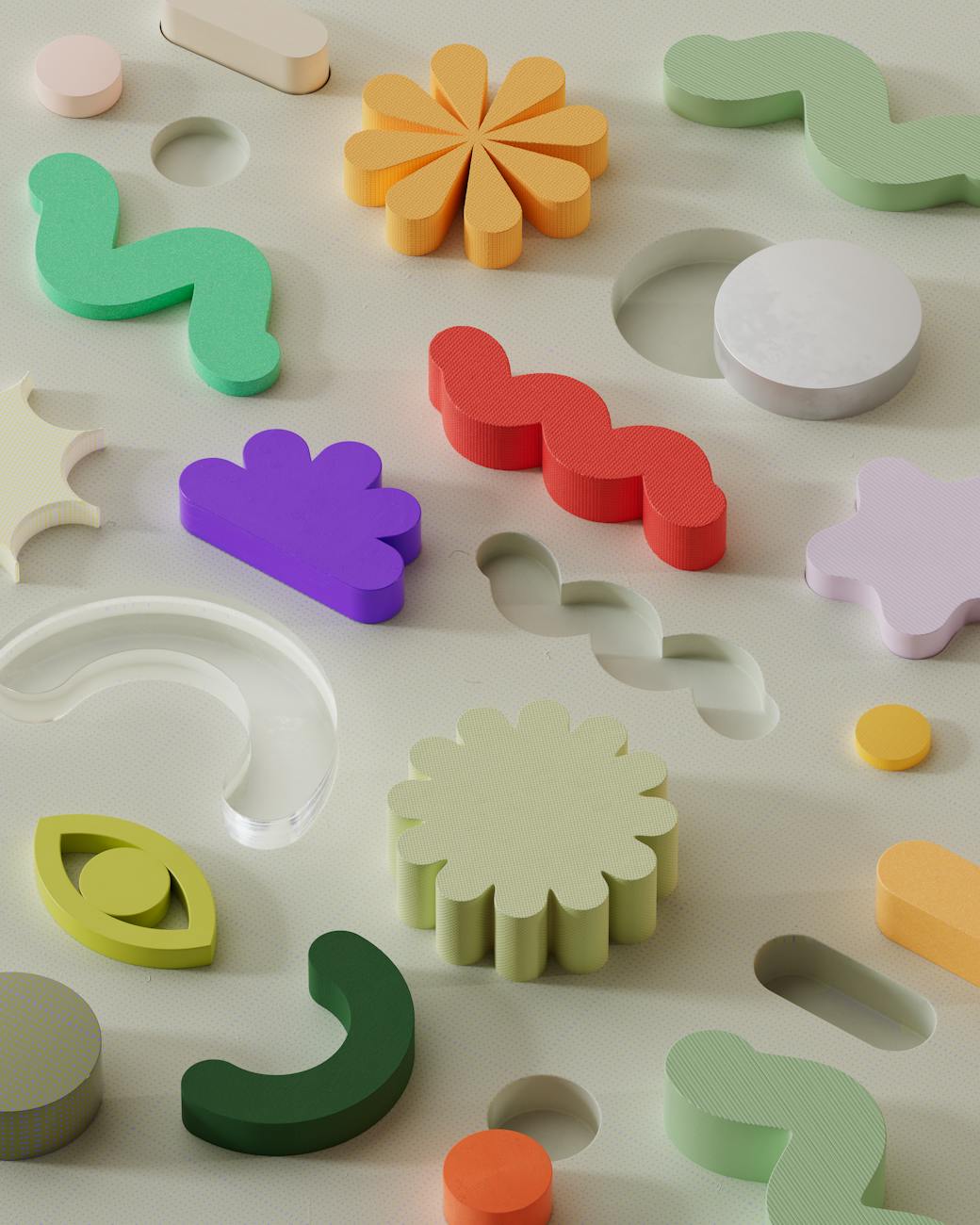Critical Analysis of the ‘Crown Dress Code’
The ‘Crown Dress Code’ has sparked considerable debate surrounding its implications on social identity, professional environments, and personal expression. In this analysis, we will explore the pros and cons of this dress code and its impact on individuals and organizations.
Pros of the Crown Dress Code
- Promotes Professionalism: A standard dress code can enhance the professional appearance of employees, creating a cohesive image for the organization.
- Fosters Equality: By enforcing a uniform dress code, it reduces the visibility of economic and social disparities among employees.
- Encourages Focus: A specific dress code can help employees concentrate on their work rather than their attire, potentially increasing productivity.
Cons of the Crown Dress Code
- Limits Personal Expression: Employees may feel stifled as the dress code restricts their ability to showcase their personal style.
- Potential Discomfort: Standardized attire may not cater to all body types or personal comfort levels, leading to dissatisfaction.
- May Foster Resistance: Overly strict dress codes can lead to pushback from employees, affecting morale and team dynamics.
Comparison of Pros and Cons
| Advantages | Disadvantages |
|---|---|
| Promotes Professionalism | Limits Personal Expression |
| Fosters Equality | Potential Discomfort |
| Encourages Focus | May Foster Resistance |
Conclusion
In conclusion, the ‘Crown Dress Code’ presents a complex set of advantages and disadvantages. While it aims to streamline professionalism and equality, it simultaneously raises concerns about personal expression and comfort. Organizations must weigh these factors carefully and consider the unique culture and needs of their workforce when implementing such a dress code.
Further Reading
For more insights on dress codes in the workplace, you can visit Forbes or explore Harvard Business Review.


